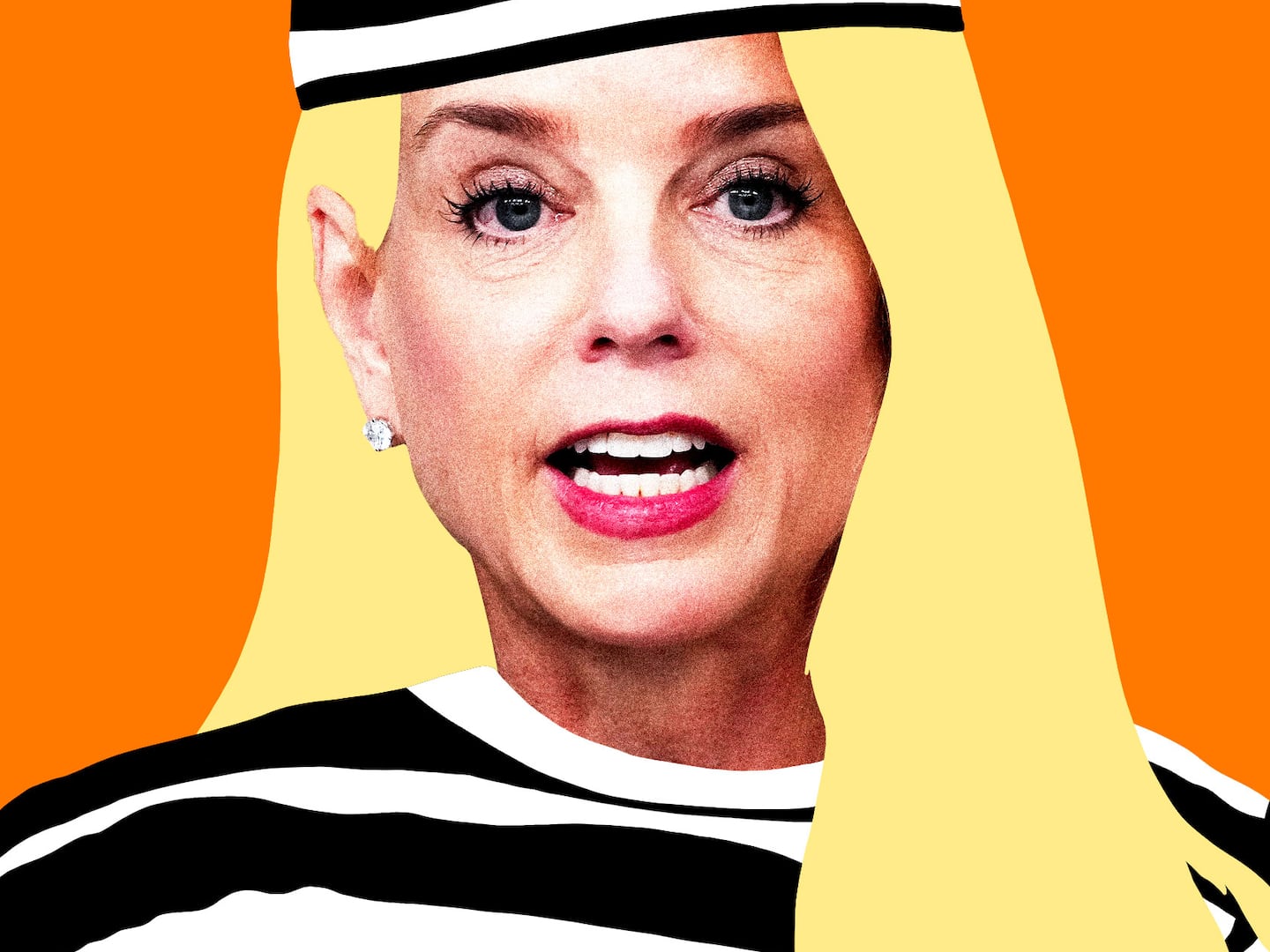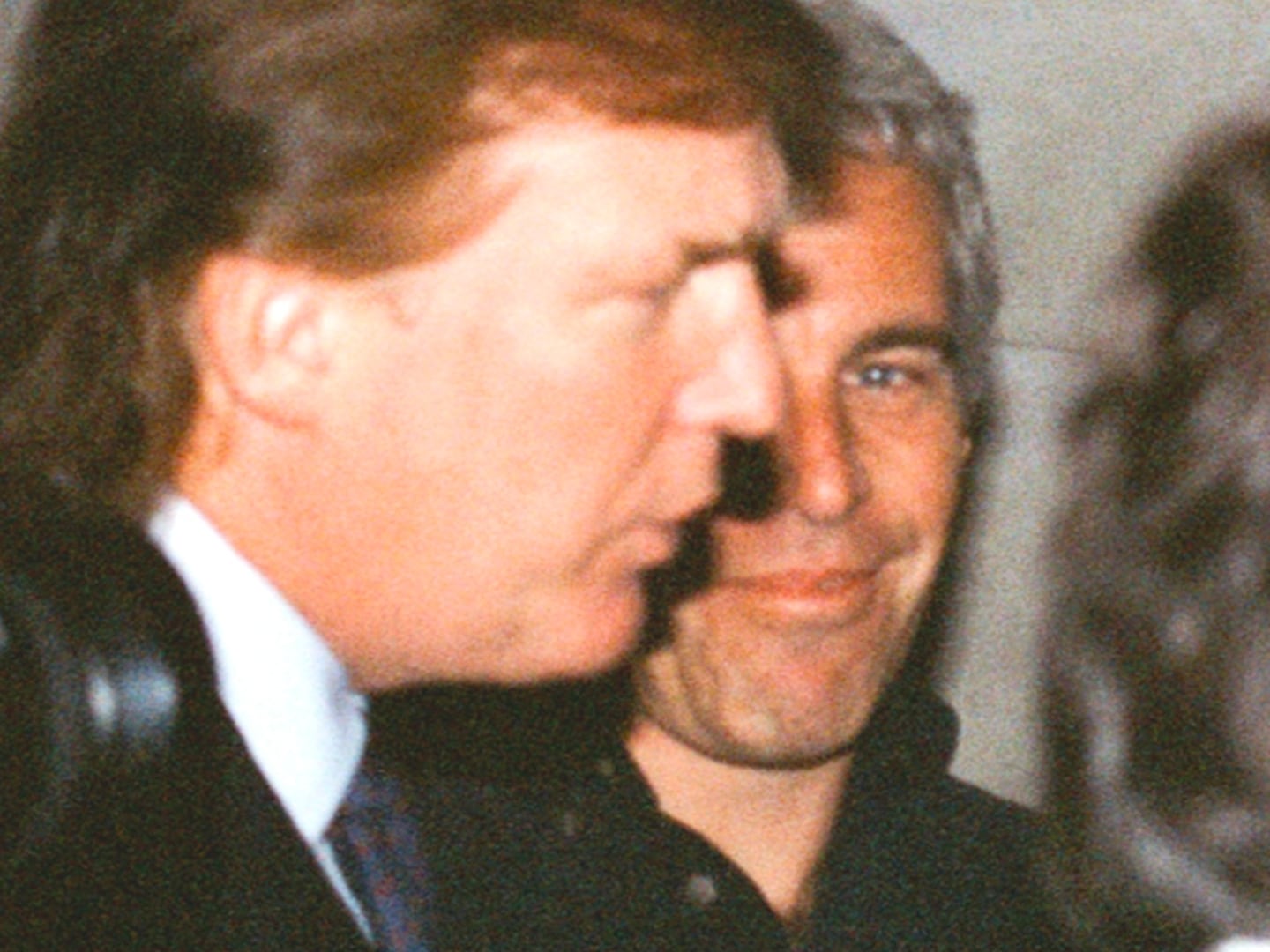For the past week, I've been watching sporadic quarrels over whether it was stupid unions or stupid management that really drove Hostess into liquidation. Both sides are wrong: what really drove Hostess into liquidation is their core competency: making ultra-sweet, bland baked goods in the style that was popular during the firm's Depression-era origins. As American tastes shifted, Hostess had trouble following the competition towards healthier and more sophisticated treats--not because they didn't try (they did!) but because that wasn't what they were good at. The change in consumer tastes meant that it was no longer possible to keep promises they'd made when their products were selling like, er, hot cakes.
But it's possible that this bankruptcy was just what Hostess needed to turn things around. Not because it will let them break their union contracts, or because it will give management a well-deserved kick in the pants, but because it may just have reminded America how much they love those good old Hostess cakes. No, don't laugh: there's a precedent. In 1985, as Pepsi's sales threatened to eclipse the venerable old Coca-Cola, executives decided to replace the aging brand with New Coke: a sweeter beverage with a crisper, lighter flavor that was thought to better match contemporary tastes.
You probably know what happened next: open revolt by Coca-Cola customers. Letter-writing campaigns were launched, and outraged callers deluged the company with complaints. Six months later, the executives announced that they had made a terrible mistake, and were returning to the old formula, which would be sold under the name "Coca Cola Classic". The new version, which they had spent years test marketing, would remain on the market as "New Coke".
There is no way to spin this: it was a colossal screw up on the part of Coca Cola executives, whose brightest maneuver during the whole saga was their abrupt about face. And yet, it was also the salvation of the brand.
Coke was like a taken-for-granted spouse who starts flirting with the new neighbor. When it had just been lying around on the shelves and could be drunk at any time, people hadn't bothered to take it out much. But when they suddenly realized that they could lose it, they became frantically attached to their beloved standby. By the late 1980s, Coke Classic had regained the number one position in its market segment. Call it "management by debacle": it might not be your first choice, but when you're in deep trouble, it sometimes works.
The liquidation seems to have launched a similar frenzy regarding Twinkies. Prior to the liquidation, no one would have even contemplated selling a box of twinkies for $50. But once it looked as if they might go away, people suddenly became desperate to have them.
Personally, I have never liked Twinkies, though not because they're unsophisticated or artificial; I just don't like the texture of the cream filling. But lots of people do love twinkies and hostess cupcakes, and the recent contretemps has reminded them of that fact. I myself have been craving a peanut-butter-and-jelly-and-wonderbread sandwich all week, a confection that I haven't eaten since the age of six.
If Hostess brands do end up surviving the liquidation, they'll probably see at least a temporary boost in sales, as people satisfy their nostalgic cravings. And if Coke's history is any guide, that boost might even be permanent.





